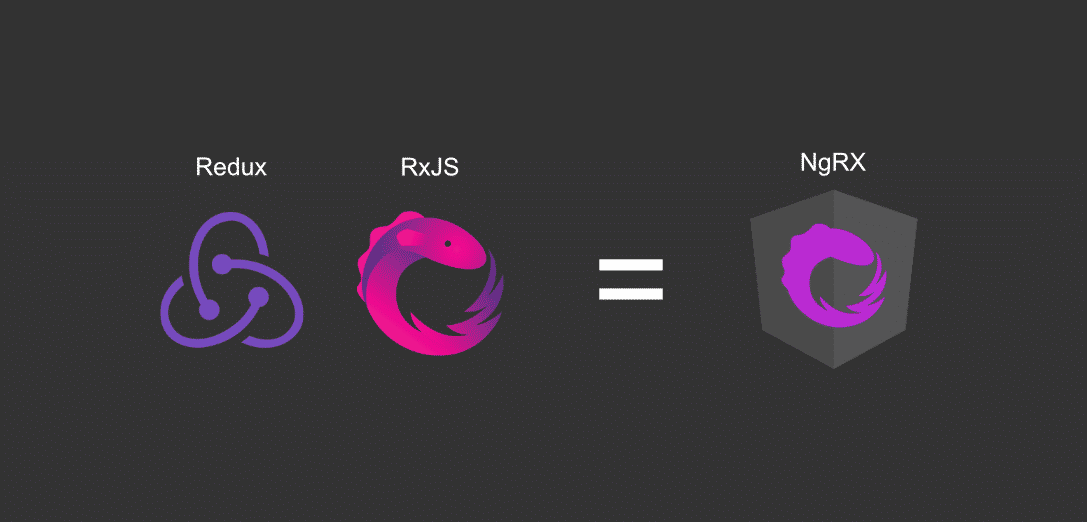We talk much about reactive programming in the Angular realm. Here, Angular 2 and Reactive programming seem to move hand in hand. On the other hand, for anyone that is not familiar with both of these technologies, it may be a quite challenging task to simply figure out about them.
Here let us learn that through building the reactive application of Angular 2 with the help of the Ngrx, you will be able to simply learn what is the pattern, where these patterns may help to simply prove to become quite much useful, and how does these pattern may be used for building the enhanced version of the Angular 2 applications.
Ngrx is the group of the Angular libraries that are used for the reactive extensions. Where Ngrx/Store usually implements patterns of Redux by using highly well-known RxJS observables about the application Angular 2. It offers various advantages through simplifying the application state for the plain objects thereby enforcing the unidirectional flow of the data and even much more. The Effects and Ngrx for library permit the application to simply communicate with the outside world through triggering on the side effects.
An overview of Reactive Programming
Reactive programming is the term which you hear much these days, but what it means?
Reactive programming is mainly the way through which the applications handle events as well as the data flow in the applications. In the concept of reactive programming, you will design the components along with some different pieces of the software to react to these changes rather than asking for changes. It could certainly be a great movement.
The wonderful tool used for reactive programming is RxJS.
By providing some of the observables and various operators help to simply transform the incoming data, the library will also assist you to handle the events in the application. On the other hand, with the observables, you may be able to see an event as a series of events and not just being the single-time event. It will also allow you to simply combine them, for instance, creating the new event that you may listen to.
Reactive programming is mainly the shift in a different way you will communicate between diverse parts of the application. Rather than pushing the data directly to component and the service which is required, in the concept of reactive programming, it is mainly the component or the service which reacts to the data changes.
Ngrx
To simply understand the application that you need to build through the tutorial, you should also make quick dive into core concepts of Redux.
Store
The store may also be seen as the database of the client-side but, quite significantly, it helps to reflect the condition of the application. You may also be able to see it as a single source of fact. It is the only thing that you may also alter when you will follow the patterns of Redux and you modify it through dispatching the actions.
Reducer
It helps to reducers are functions that know about what to do with the given action as well as the earlier status of the app. The reducers take the previous and earlier state from the store as well as it also applies the pure function. Here, Pure means the function will return for the same value for the same input as well as this also does not have any side effects. From such a result of the pure function, you have the latest state which will be in the store.
Actions
The actions usually are payload which consists of requisite information for altering the store. Usually, an action has the type along with payload which the reducer function may take for altering state.
Dispatcher
The Dispatchers are mainly just the entry point for you where you can dispatch the action. In Ngrx, the method of dispatch is available directly in the store.
Middleware
Here the Middleware offers functions that will intercept every such action which is dispatched to create some kind of the side effects, even though you will never use them. They are also implemented in the Ngrx library or the Effect library, and even there is some great chance that you might need them when you are creating the applications for the real world.
Key reason – Why People Use Ngrx?
1. Complexity
The unidirectional flow of the data greatly reduces the coupling between the different parts of the application. It reduced a further level of complexity about the application, as every single part usually cares about some of the particular states.
2. Tooling
The complete state of the application is usually stored in a single place, and hence it is quite simple to have the global view of the application state as well as it also helps at the time of the development. Moreover, with Redux there are some of the dev tools which usually take advantage of the store and may also help to simply reproduce some of the states of application or it also makes the time travel.
3. Architectural simplicity
There are various benefits of Ngrx that are much achievable with different kinds of solutions; subsequently, Redux is the pattern of architecture. But at any point in time when you need to build an application that is a perfect fit for a Redux pattern, like collaborative tools for editing, you may also simply add some of the features by following such kind of pattern.
4. The small curve of learning
As this pattern is adopted widely and it is quite simple to use, it is simple for new people to catch up much quickly about what you did.
Conclusion:
Ngrx shines to be when you possess various external actors which may also modify the application, like monitoring dashboard. However, in such cases, it is hard to manage various incoming data which are pushed to the application, and even the state management becomes quite difficult. RxJS is the wonderful tool used for reactive programming

